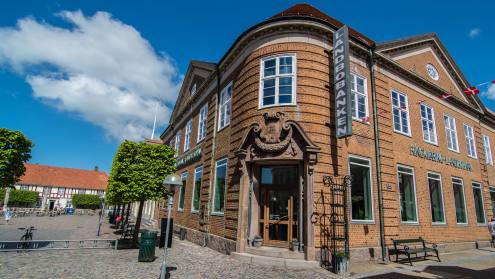Central American countries suffered through a difficult 2020. Not only was the region already in a weak situation as the Covid-19 pandemic hit, but it was also battered by the most active Atlantic hurricane season on record, culminating in the devastating Hurricane Eta in early November.
Unsurprisingly, their economies took a hit and all seven countries (Belize, Costa Rica, El Salvador, Guatemala, Honduras, Nicaragua and Panama) reported drops in gross domestic product (GDP) in 2020. Panama and Belize were the worst affected, with contractions of 17.9% and 14.0%, respectively, according to World Bank data.
Despite the economic challenges, the region’s banks managed to weather the storms relatively well. An impressive 72 of the top 100 banks in the region increased their Tier 1 capital over the course of 2020, including all three of Belize’s banks and all 12 Honduran lenders.
AN IMPRESSIVE 72 OF THE TOP 100 BANKS IN THE REGION INCREASED THEIR TIER 1 CAPITAL OVER THE COURSE OF 2020
However, as in other regions, generating profits proved more elusive. Only 28 banks in the ranking managed to increase their year-on-year profits, and five moved into loss territory. In Panama, the country with the greatest number of banks in the ranking (42), only four lenders grew their profits; the country is home to four of the five loss-makers.
Despite this, Panama’s grip at the top of the ranking remains strong, with Banco General, BAC Panama and Bancolombia Panama comfortably maintaining their first, second and third positions, with small increases in Tier 1 capital. While there is not much change among the top 10, Banco Nacional de Costa Rica has managed to edge its way into the elite group, overtaking Panama’s Banistmo.
Beyond the main Tier 1 ranking, The Banker has applied its best-performing bank methodology to the largest bank-holding companies (excluding foreign-owned subsidiaries) in El Salvador, Guatemala, Honduras, Nicaragua and Panama.
In El Salvador, Banco Cuscatlán has moved from fourth place to top the best-performing table for the country. The lender, owned by conglomerate Grupo Terra, came first in the operational efficiency and growth metrics.
Guatemala’s Banco de los Trabajadores retains its premier position for a second year, also with high scores in profitability, return on risk and leverage. Banco Inmobiliario came from outside the top four last year to take second place.
Banco del Pais (Banpais) has also come from outside to take the best-performing bank accolade for Honduras. Banpais shone in metrics contributing to asset quality, profitability and soundness, which looks at capital-to-assets ratio.
Of Nicaragua’s three biggest banks, Banco de Fomento a la Producion has come out on top for the second year running. It leads in seven of the eight performance metrics, with scores that are significantly higher than its peers, particularly in soundness and asset quality.
In Panama, Banco Latinoamericano de Comercio Exterior (Bladex) has pipped the country’s largest lender, Banco General, to the post and come out on top. Multinational bank Bladex, which appointed a new CEO, Jorge Salas, in March 2020, outperformed its peers in the profitability, asset quality, soundness and leverage categories.













